Choosing the first skis is an amazing journey, yet many first-time skiers can be daunted by the amount of information they need to absorb before they will decide for the one pair. We are here to provide a simple guide.
1. Determine your skiing style
Gear up for your next winter adventure
All-Mountain Skis
Freestyle Skis
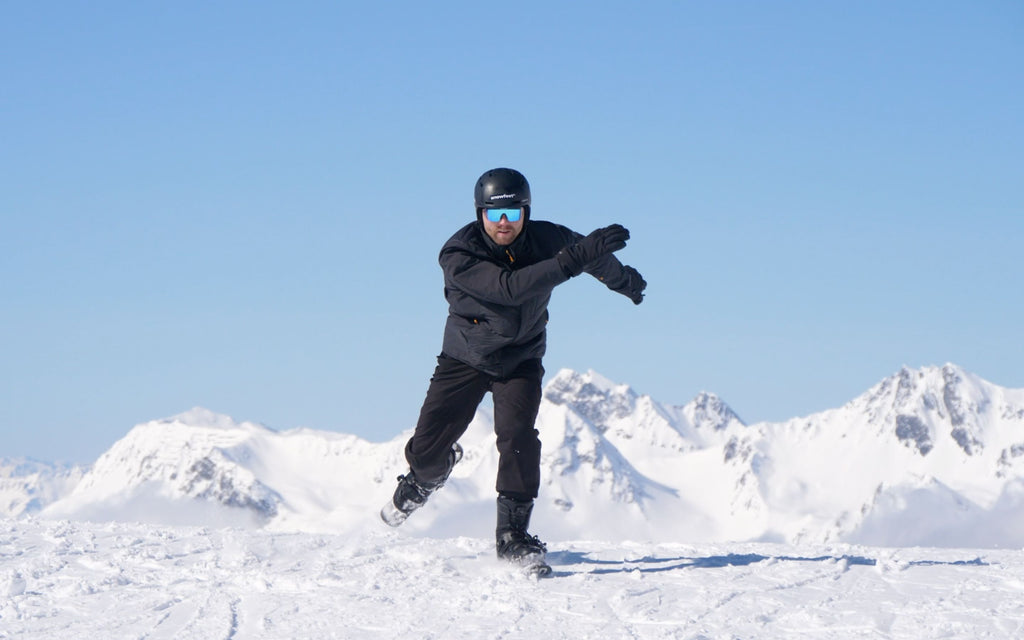
Alpine Touring Skis
Race Skis
2. Consider your skill level
As a beginner, it's important to choose skis that match your skill level. Even though many ski shops still follow the outdated rule of selecting skis based on your height, choosing skis based simply on what feel most comfortable and suitable becomes more and more important.
Short skis are a great option for beginners from a number of reasons. Short skis are typically between 99-140 cm long , but you can also get 65 or 45 cm short ones. Short skis, also called skiboards, snowblades or skiblades and are great for learning the basic skills of skiing. They are also more forgiving and easier to turn, which is essential for beginners who are just starting to get the hang of things.
Shorter = more fun
Agility
Short skis excel in maneuverability, ideal for weaving through challenging spots like moguls or terrain parks. Their easy turning ability boosts confidence when tackling difficult areas.
Fast learning curve
Skiboards are the skis which are the easiest to learn. You can progress in a quick pace and make big steps very fast. Many skiers get the basics within a few rides.
Fun Factor
Short skis are a top pick for freestyle enthusiasts and terrain park lovers. They allow for rapid transitions and offer a lively, dynamic ski experience unlike any other.
Wide Range of Sizes
The selection of short ski lengths is vast, ranging from compact 65 cm Skiboards to longer 120 cm Skiboards, catering to every preference and need.
3. Determine your ski size
As a general rule, shorter skis are easier to control and maneuver, making them a great choice for beginners.
In ski shops beginners are always told to choose skis based on their height. Such long skis being suitable for beginners are a common misconception. The most fitting, supportive, and easy to master skis are definitely skiboards. Skiboards size ranges from 60 to 120 cm and the different lengths of short ski make a huge difference in what your skiing is going to be like.
Consider your skiing proficiency when choosing snowblades. Beginners may benefit from shorter, more manageable snowblades, however, they should aim for a minimum length of 90 cm, as anything shorter could complicate maintaining balance. For intermediate and advanced skiers, longer and more performance-focused models are recommended, particularly for those who enjoy carving and high-speed skiing. On the opposite, short skiboards of approximately 65 cm are especially suitable for skiers who intend to master freestyle skiing in snowparks.
Opt for shorter snowblades (65 cm) if you:
- Have experience in skating or hockey and want to try skiskating, a blend of skiing and skating on snow.
- Seek greater flexibility and opportunities to perform tricks.
- Desire to execute short, rapid turns.
- Are selecting the first pair of skis for your child.
- Plan to navigate through moguls.
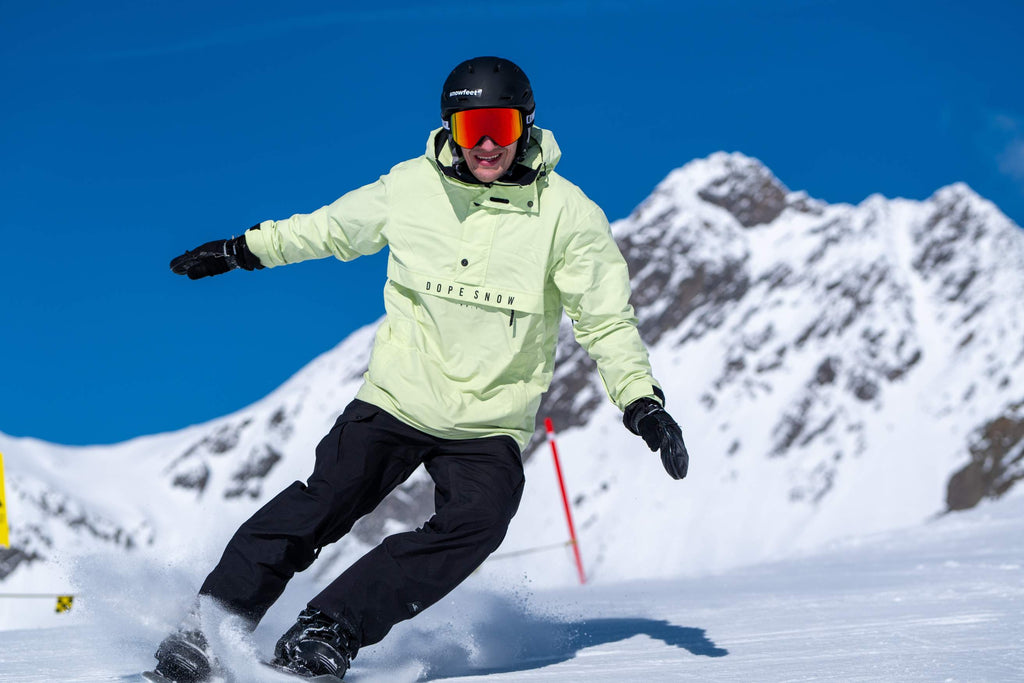
Choose longer snowblades (99 or 120 cm) if you:
- Enjoy the art of carving.
- Prefer fast-paced skiing.
- Like skiing in powder conditions.
- Are a beginner looking for skis that are friendly to learn on.
Choose length that suits you best
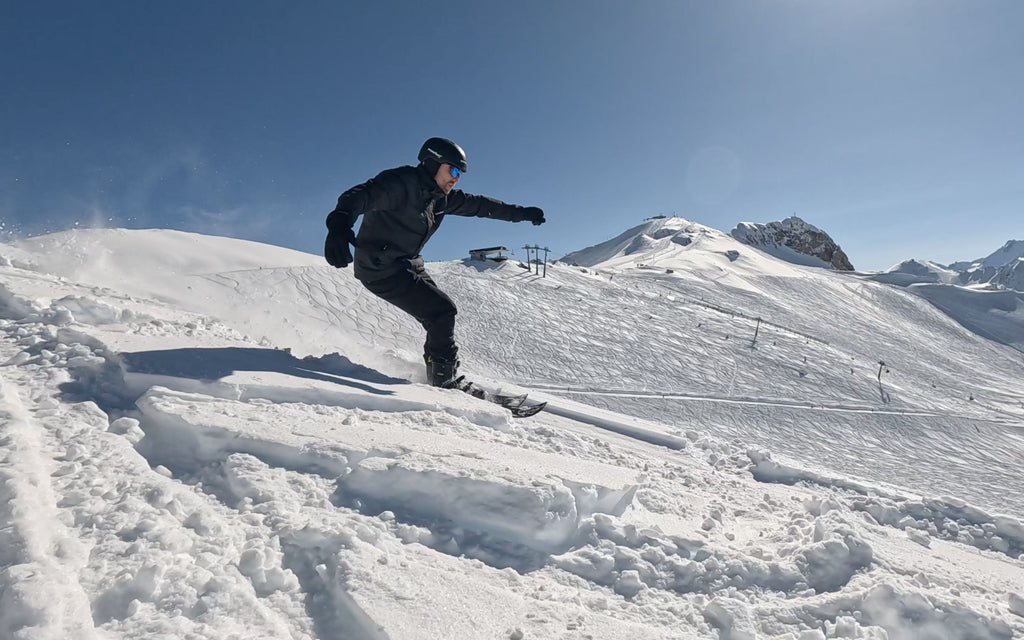
4. Look for skis with a forgiving flex
As a beginner, it's important to look for skis with a forgiving flex. This means that the skis are more flexible and easier to bend than stiffer skis, which can make them more forgiving if you make a mistake. A forgiving flex is especially important for beginners who are still learning the basics of skiing and may not be able to control their movements as well as more experienced skiers.
5. Don't forget about bindings
When choosing skis for beginners, it's important not to forget about bindings. Bindings are essential for safety and performance. When it comes to shorter skis, you can choose either non-release ski boot bindings, release ski boot bindings, or snowboard boot bindings.
Basic ski bindings
Basic ski bindings, inspired by early ski binding models, are a suitable choice for compact skiboards (65 or 99 cm). The ideal footwear for these is undoubtedly ski boots. As their name suggests, these bindings do not release when you fall. However, since they are not used with long skis, it is not a safety issue.
Why choose basic ski bindings?
Basic ski bindings are ideal when you need bindings that are simple to adjust and can be sized to fit comfortably at home, eliminating the need for in-store fitting. Both the skiboards and the bindings are versatile! Additionally, this straightforward design allows us to maintain the lowest possible price.
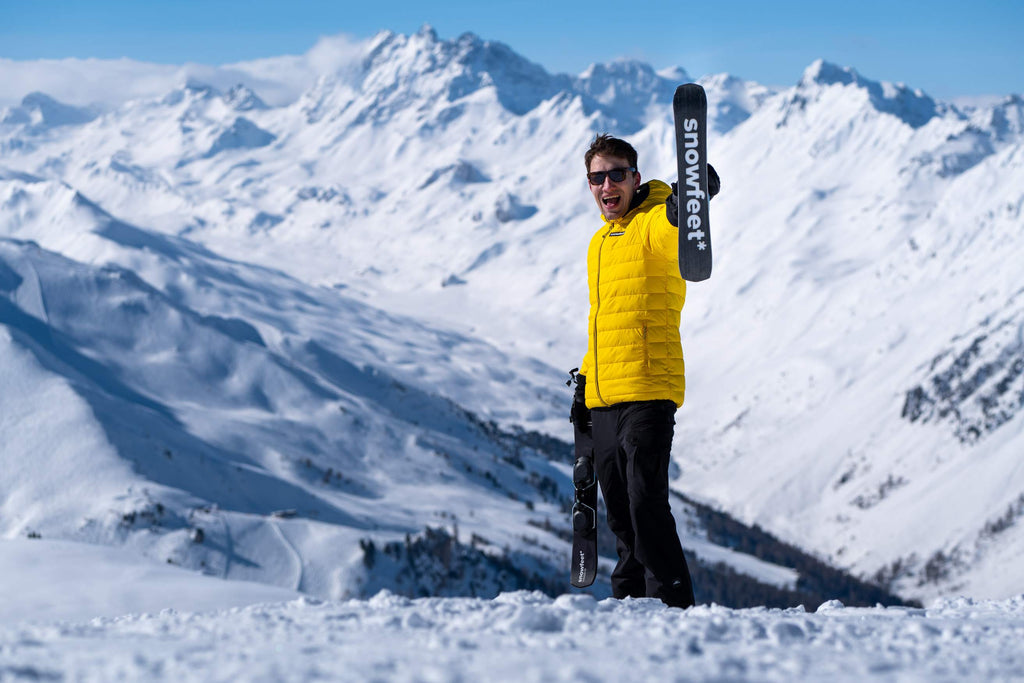
Snowboard boot bindings
Bindings designed for snowboard boots on skiboards are a remarkable development that brings the ease of snowboarding to skiing. Whether you're a snowboarder eager to explore new options or a skier looking for a break from stiff ski boots, these bindings are an excellent choice. Like those on snowboards, these bindings are not designed to release easily, hence they are only available for skiboards up to 100 cm in length.
Release ski bindings
For skiing on longer skiboards (100 cm and longer), special precautions are necessary compared to shorter skiboards. For optimal safety, long skiboards are exclusively equipped with professional ski bindings that detach during a fall. These bindings are user-friendly and represent the safest choice for long skiboards.
In case of any skiboards bindings, go for what feels the best. Look for bindings that are easy to adjust and provide a secure fit for your boots. It's also a good idea to have your bindings professionally adjusted to ensure that they are set up correctly for your skill level and skiing style.

6. Length
Length is an important factor to consider, too. Shorter skiboards, 60 to 80 cm long, give you more freedom of movement, plus they are great for quick and short turns, jumping over moguls, very lightweight, and easy to transport. They’re also great for kids thanks to the size. On the other hand, they’re not as good for powder, you’ll also get less front-back stability and they’re not made for long, deep carves if that’s what you’re looking for.
Longer skiboards, more similar to long skis, still offer freedom of movement, but not as much as shorter ones. They are great for powder, easy for landing in snowparks, and perfect for long, deep carves. The most common lengths are 90 and 99 cm, but you can also get skiboards as long as 120 cm.
7. Width
Wider skiboards perform better in powder, while thinner ones are better for the ski slopes. For most of you, it’s probably best to choose something in between, which means tip and tail width around 11 cm and waist width around 8 or 9 cm.
Waist width is particularly important. The thinner this is, the easier it will be to turn the skis on the edges and perform carving. However, if you are considering back-country skiing, or you prefer powder skiing, you should definitely choose wide skis.
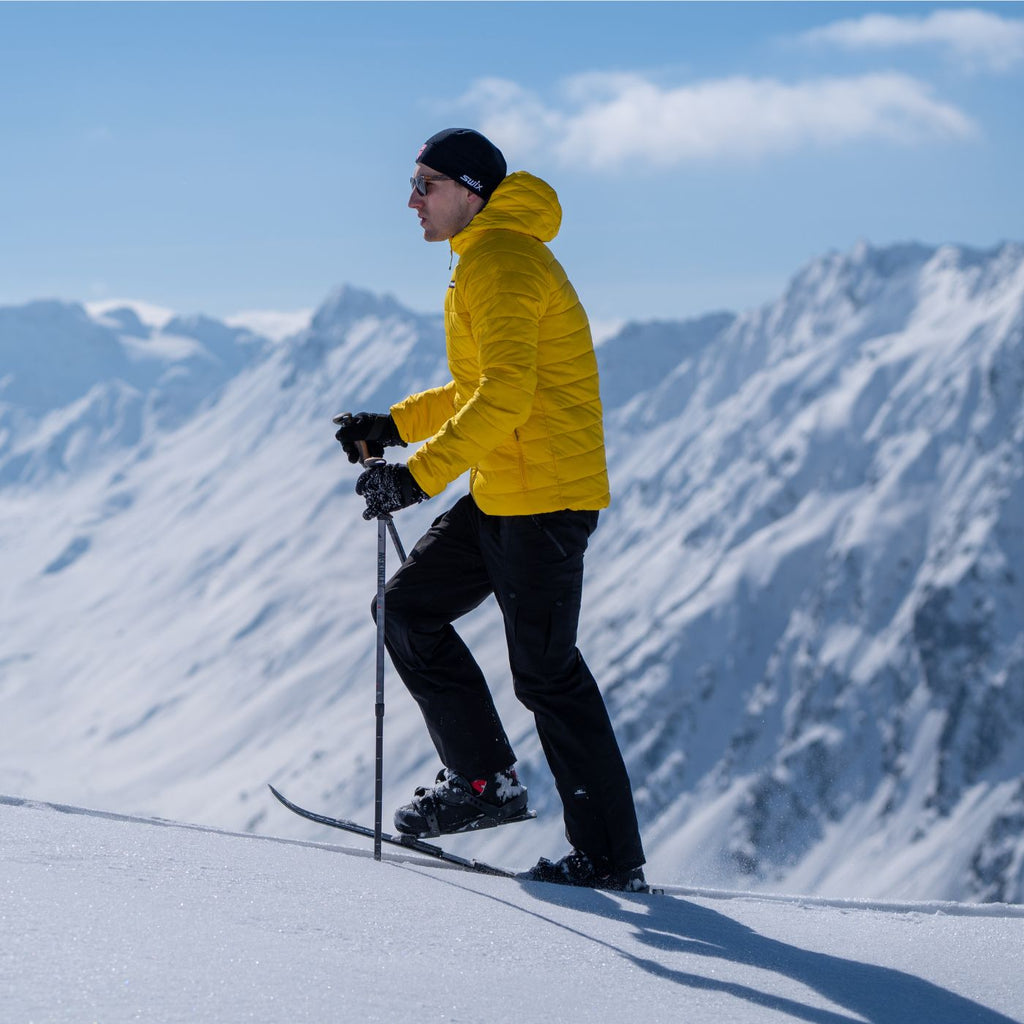
8. Radius
The smaller the radius, the smaller and faster the turns. Aim for a radius between 4 - 8. The shorter the skis, the smaller is the radius usually.
9. Tip and Tail Height
It is usually 4-5 cm. The higher, the better for ungroomed terrain, but as long as it’s not below 3, you’ll be fine. Tail height is also important for skiing backward.
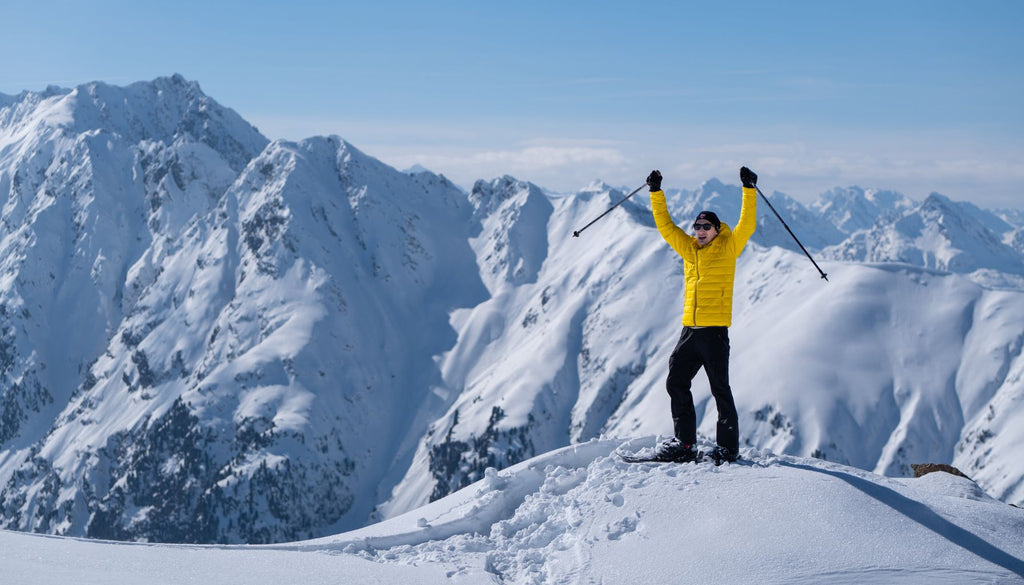
Conclusion
In conclusion, choosing the right skis for beginners can seem overwhelming, but by considering your skiing style, skill level, size, flex, and bindings, you can make an informed decision. Short skis are an excellent option for beginners because they are easy to control and maneuver, making it easier to learn the basics of skiing. With the right pair of skis, you'll be hitting the slopes in no time and enjoying all that skiing has to offer.
Gear up for your next winter adventure

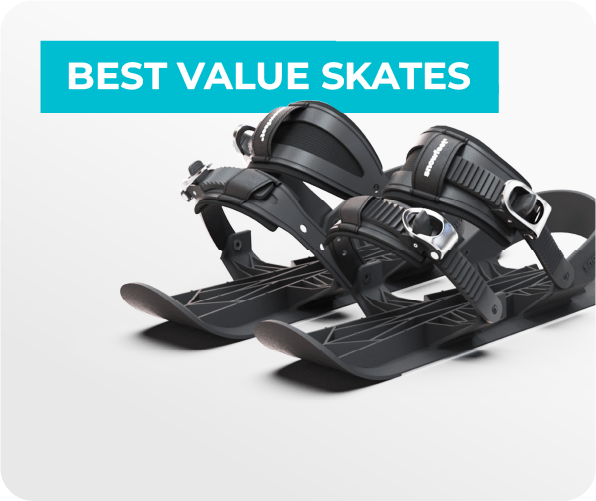
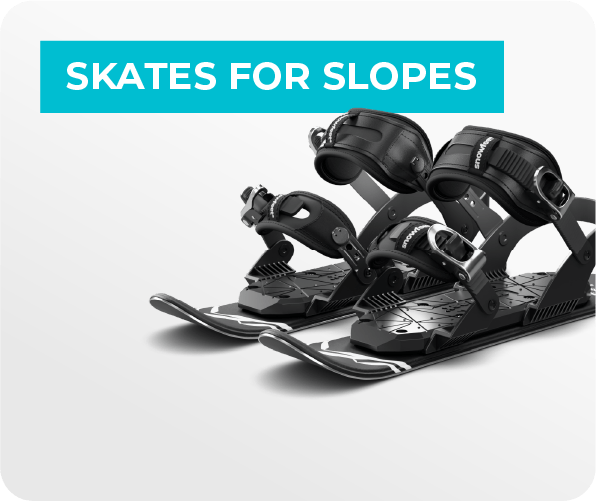
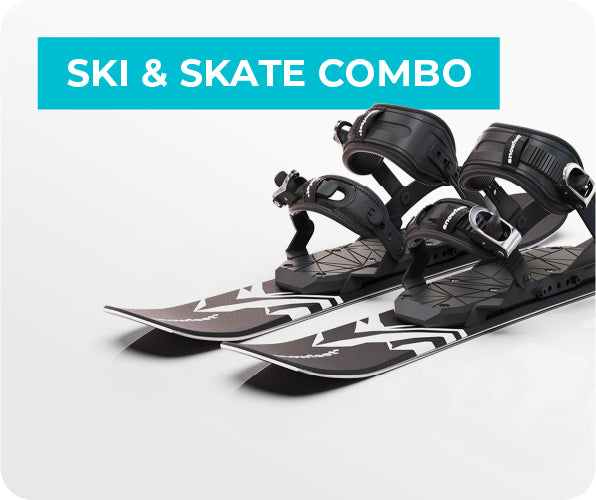
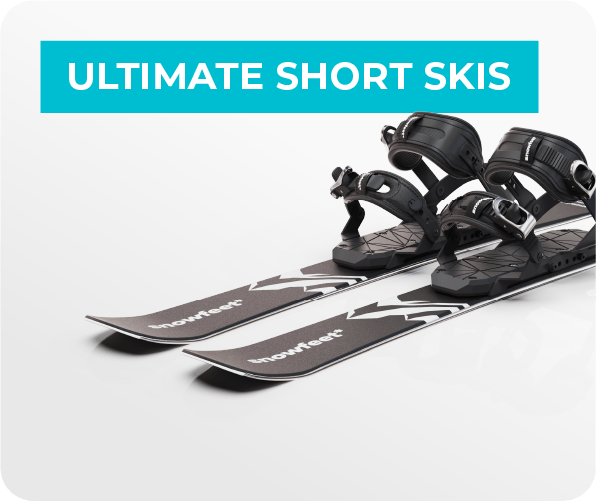
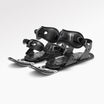
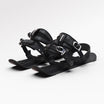
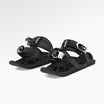
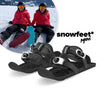
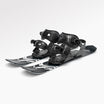
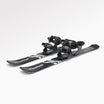
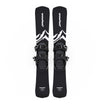
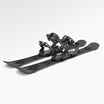
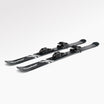
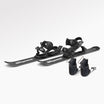
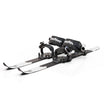
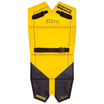
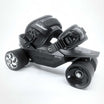
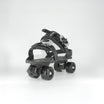
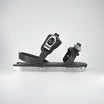
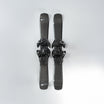
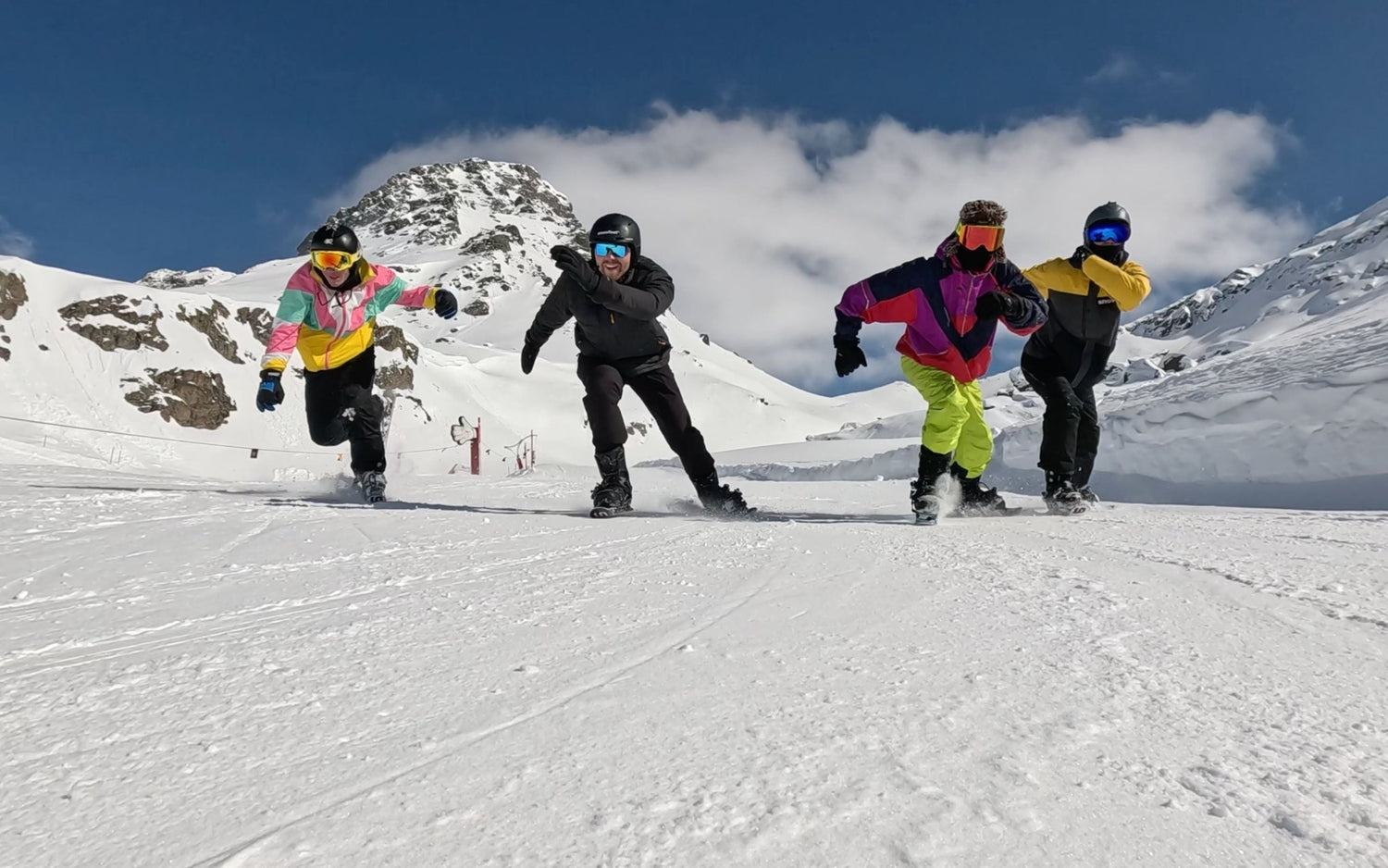

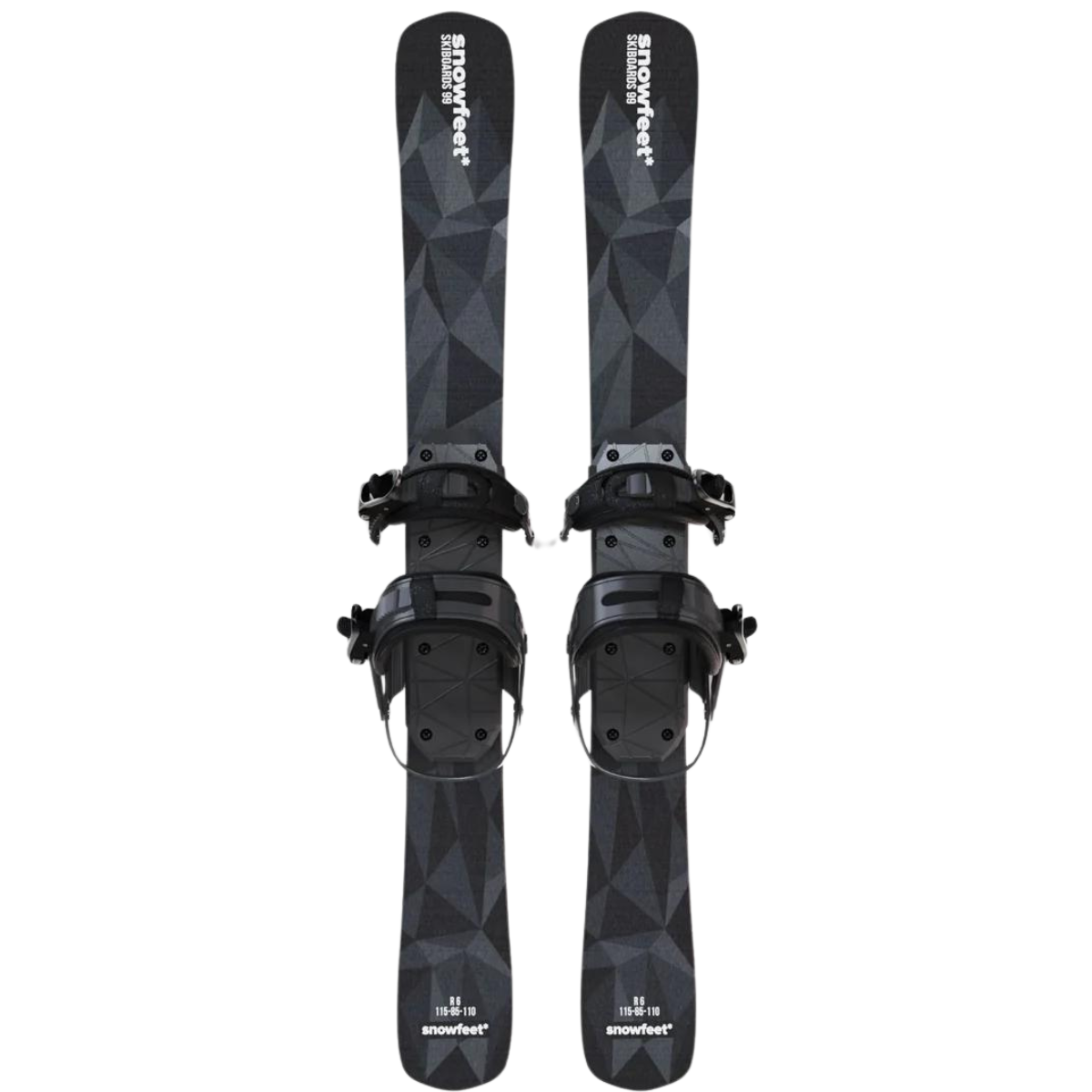
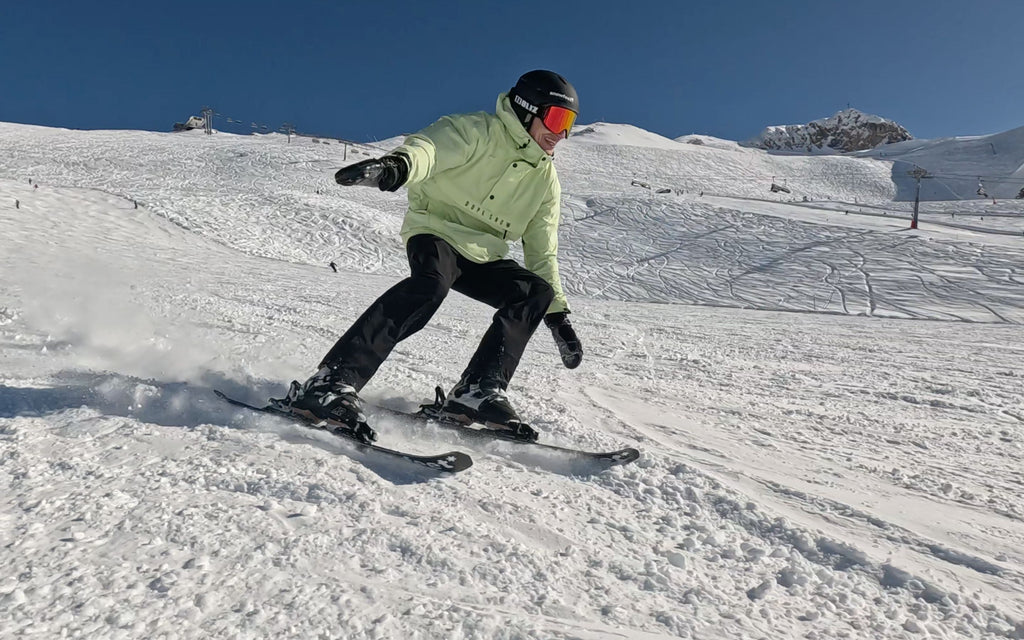
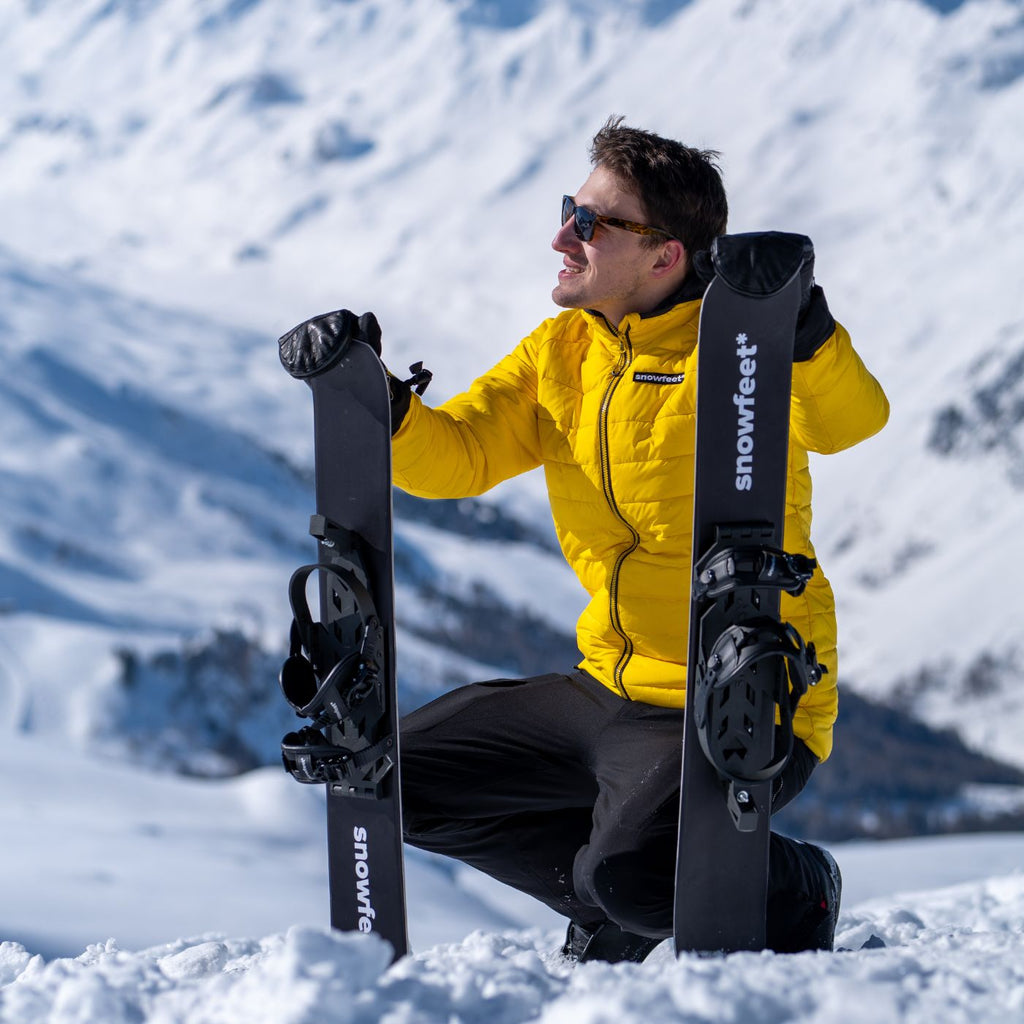
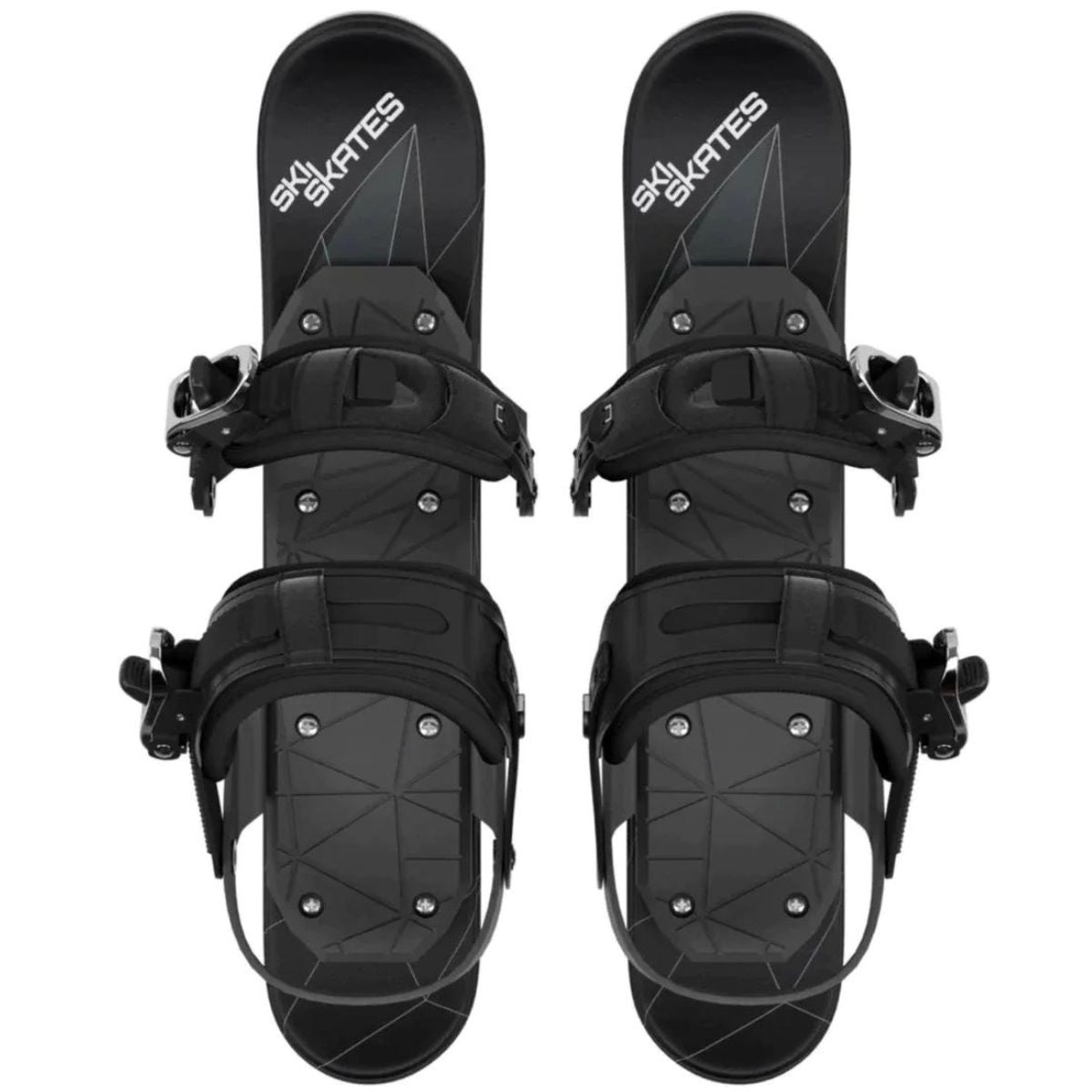

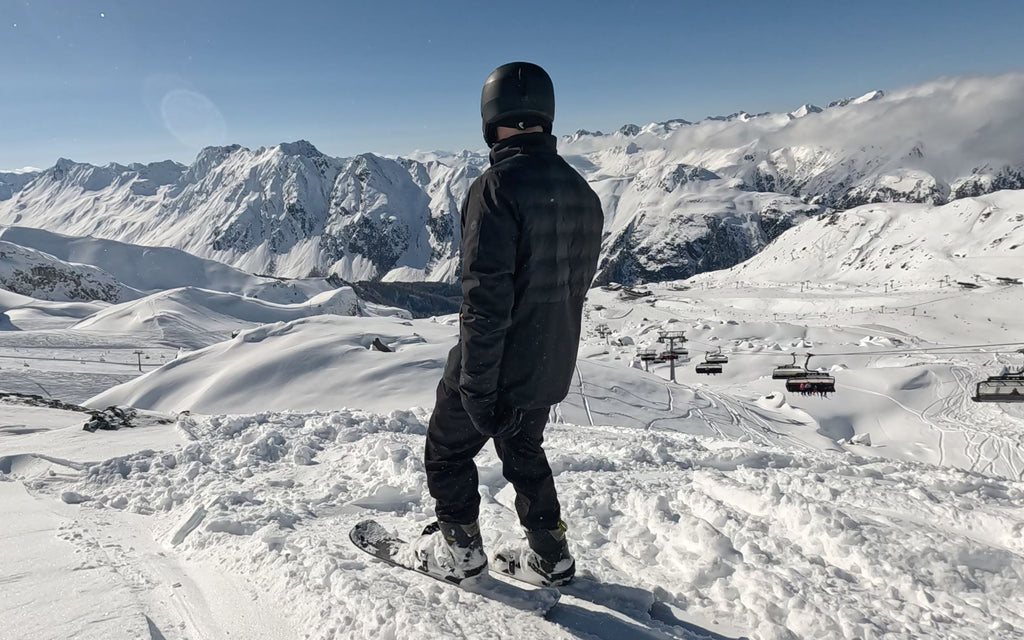



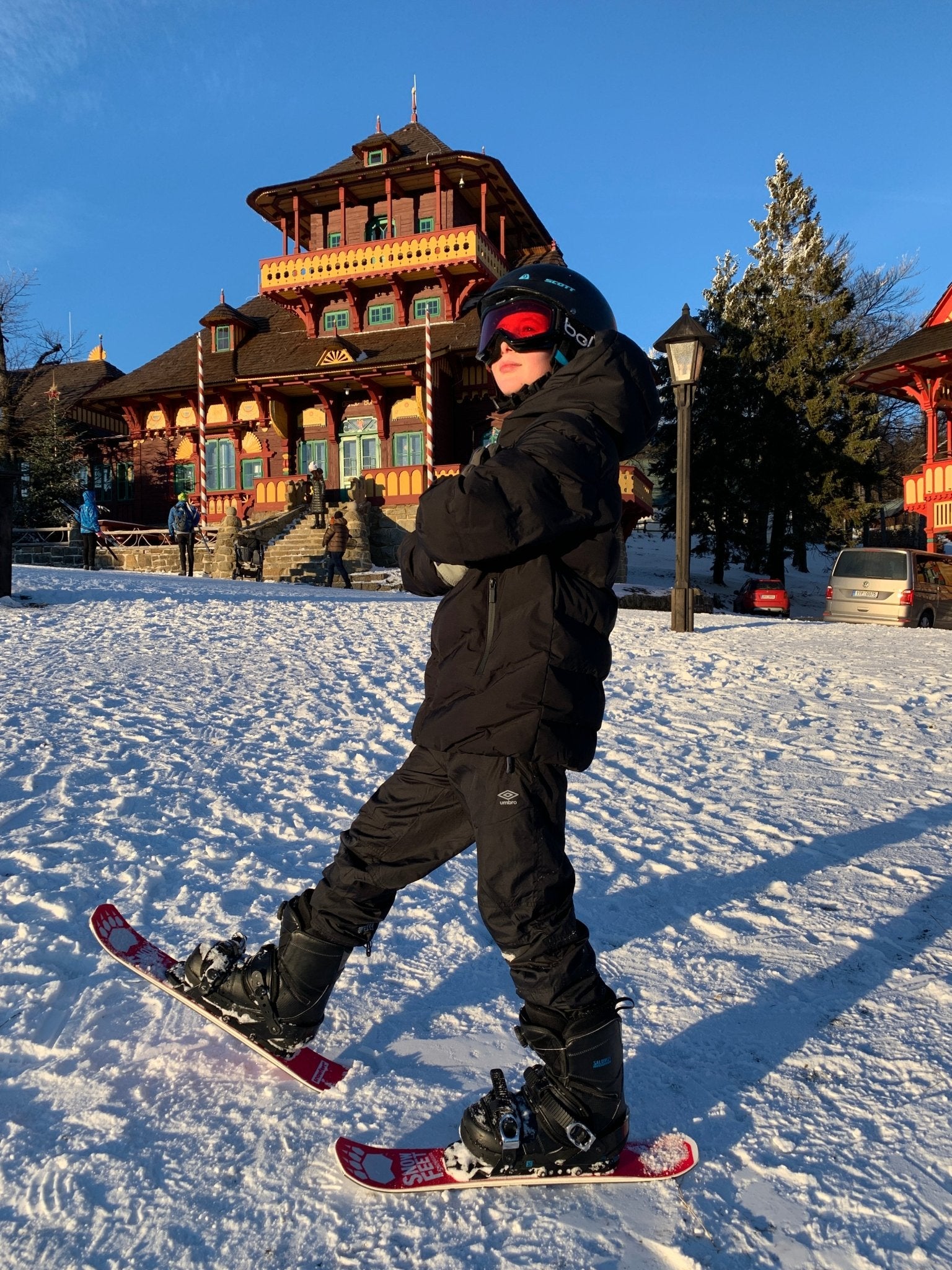
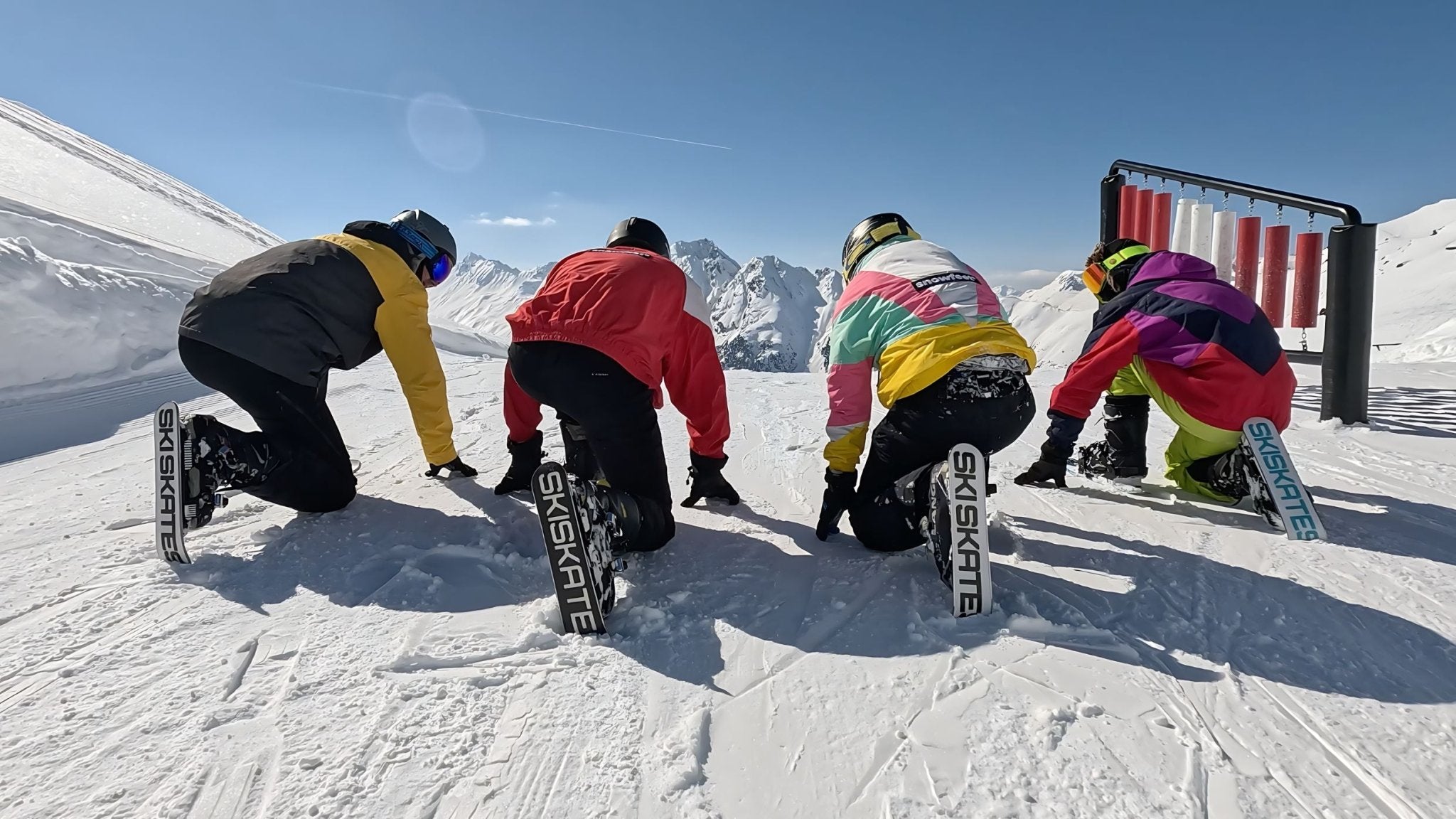
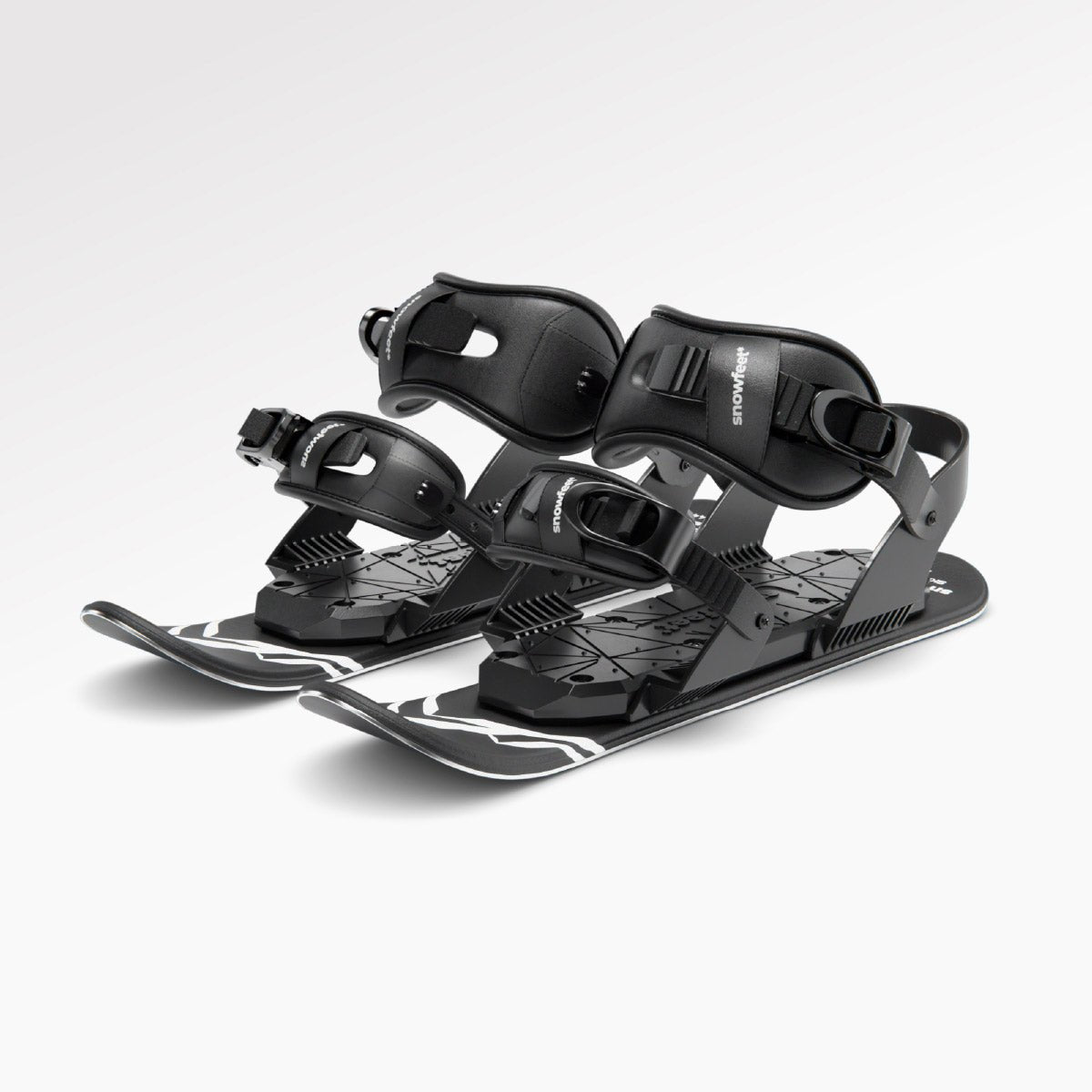
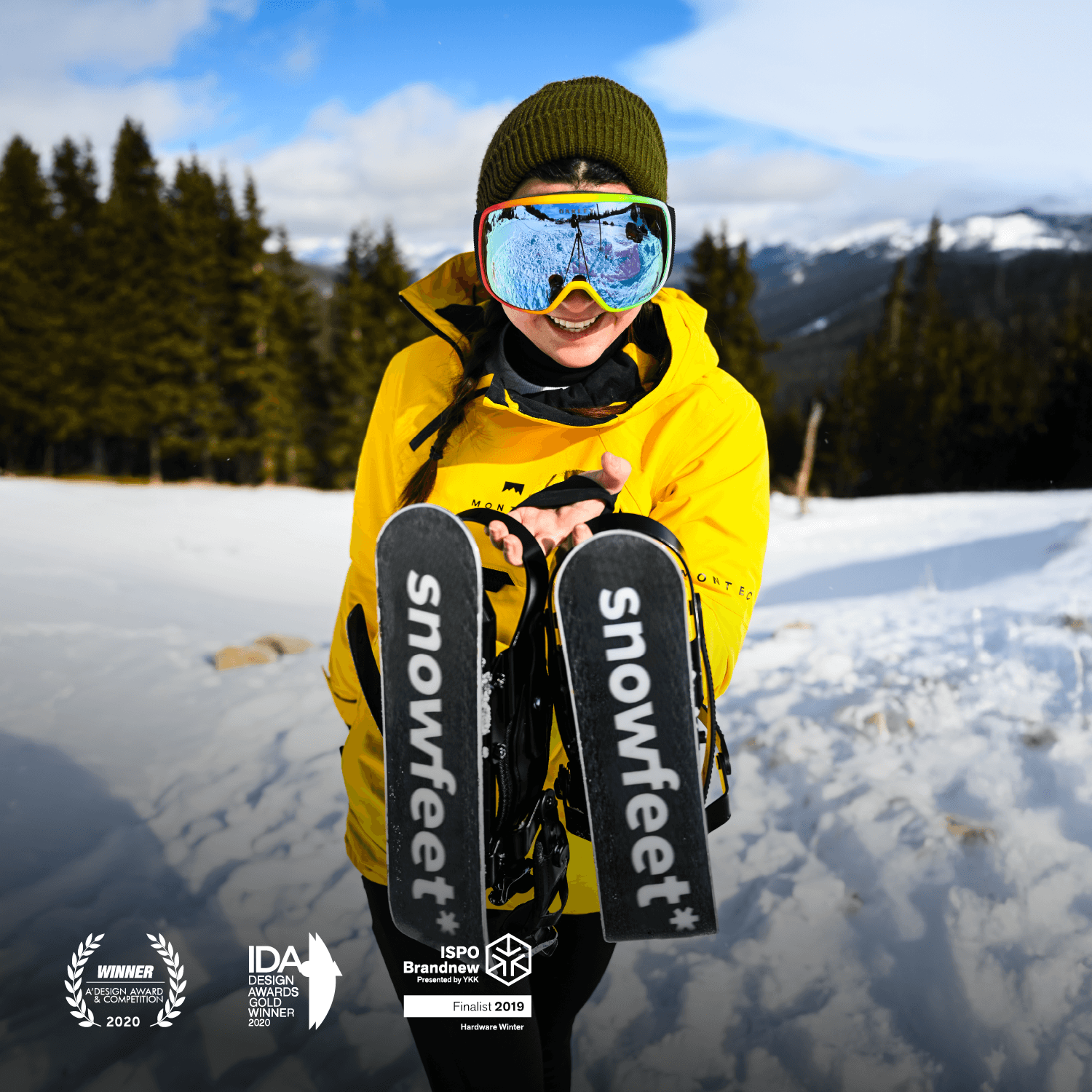
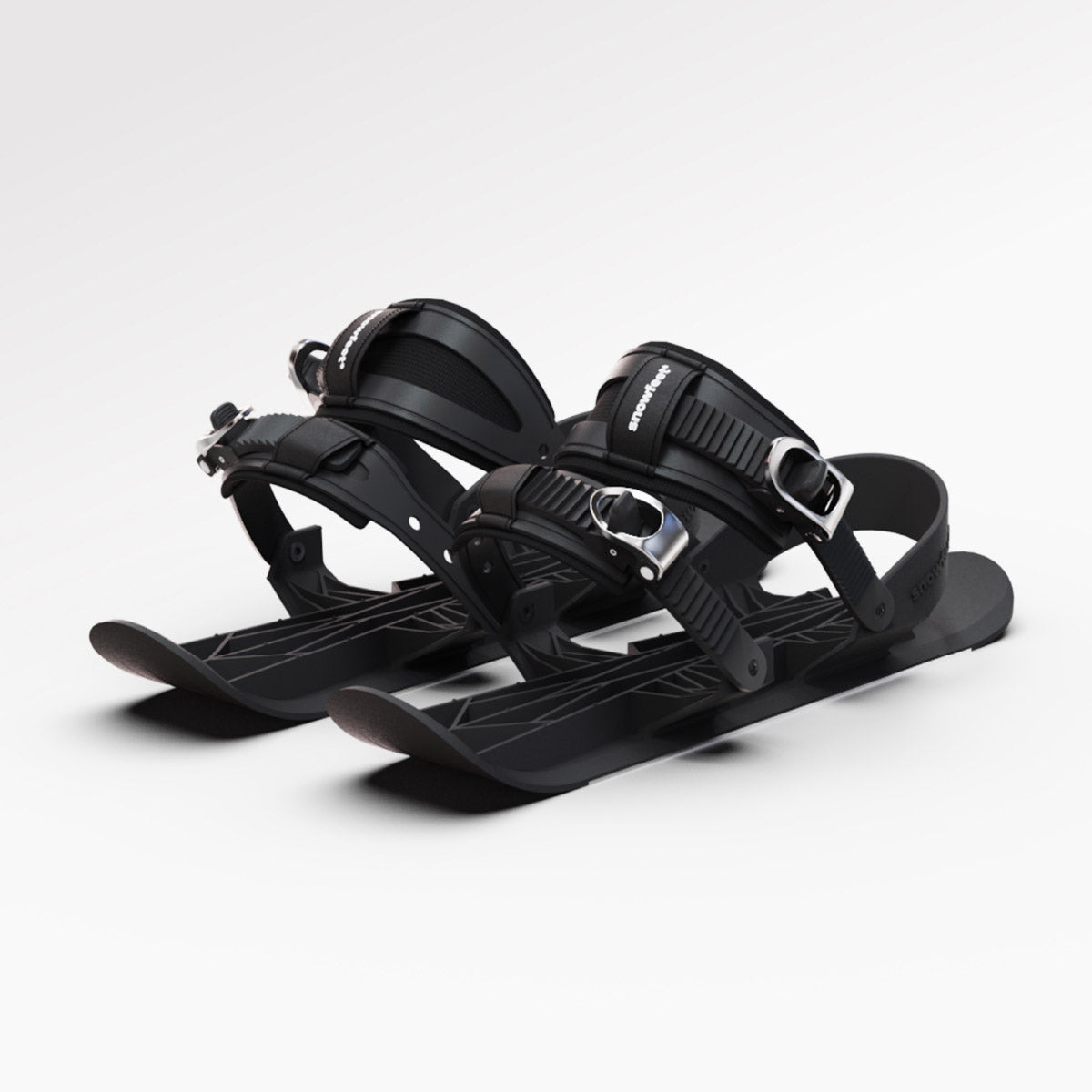
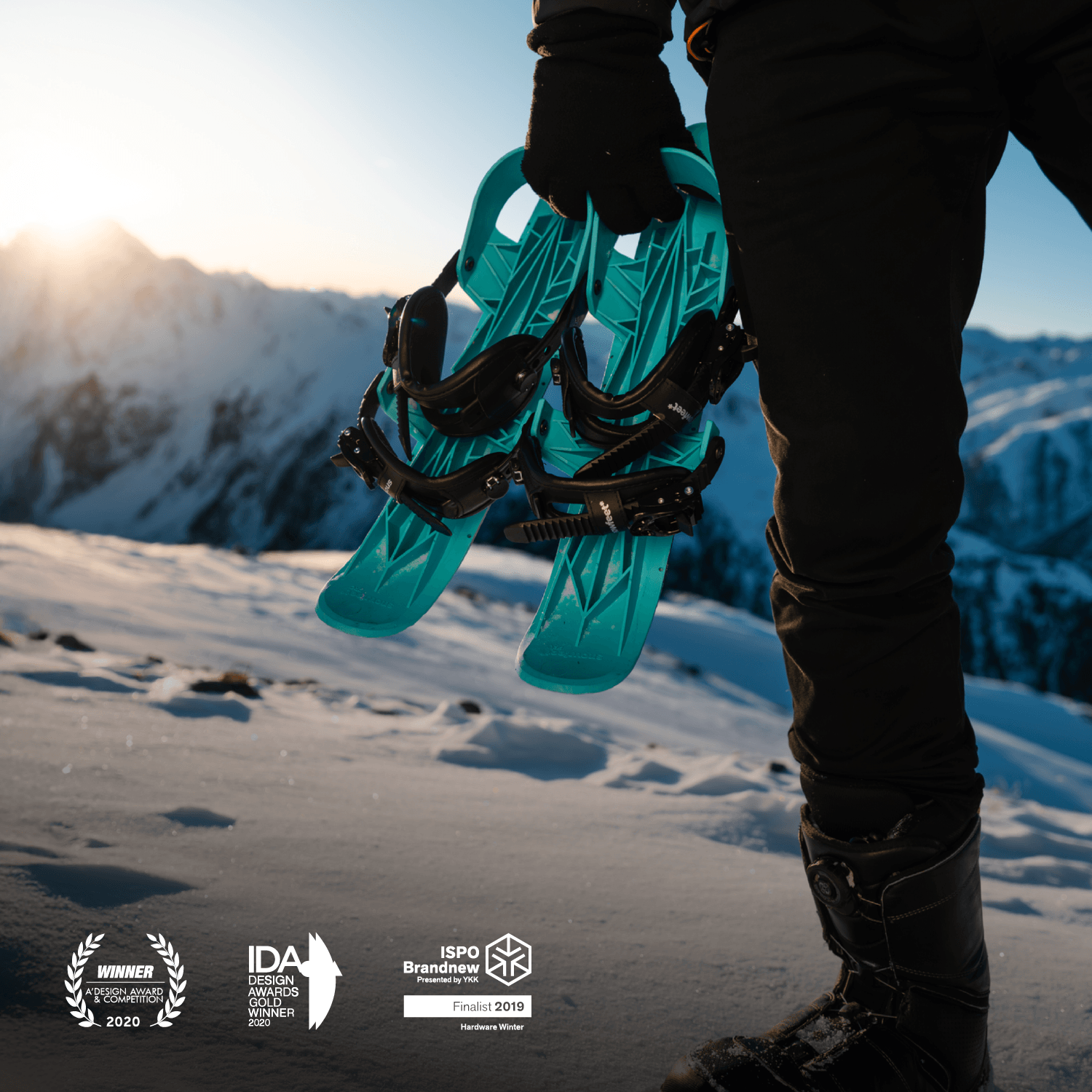
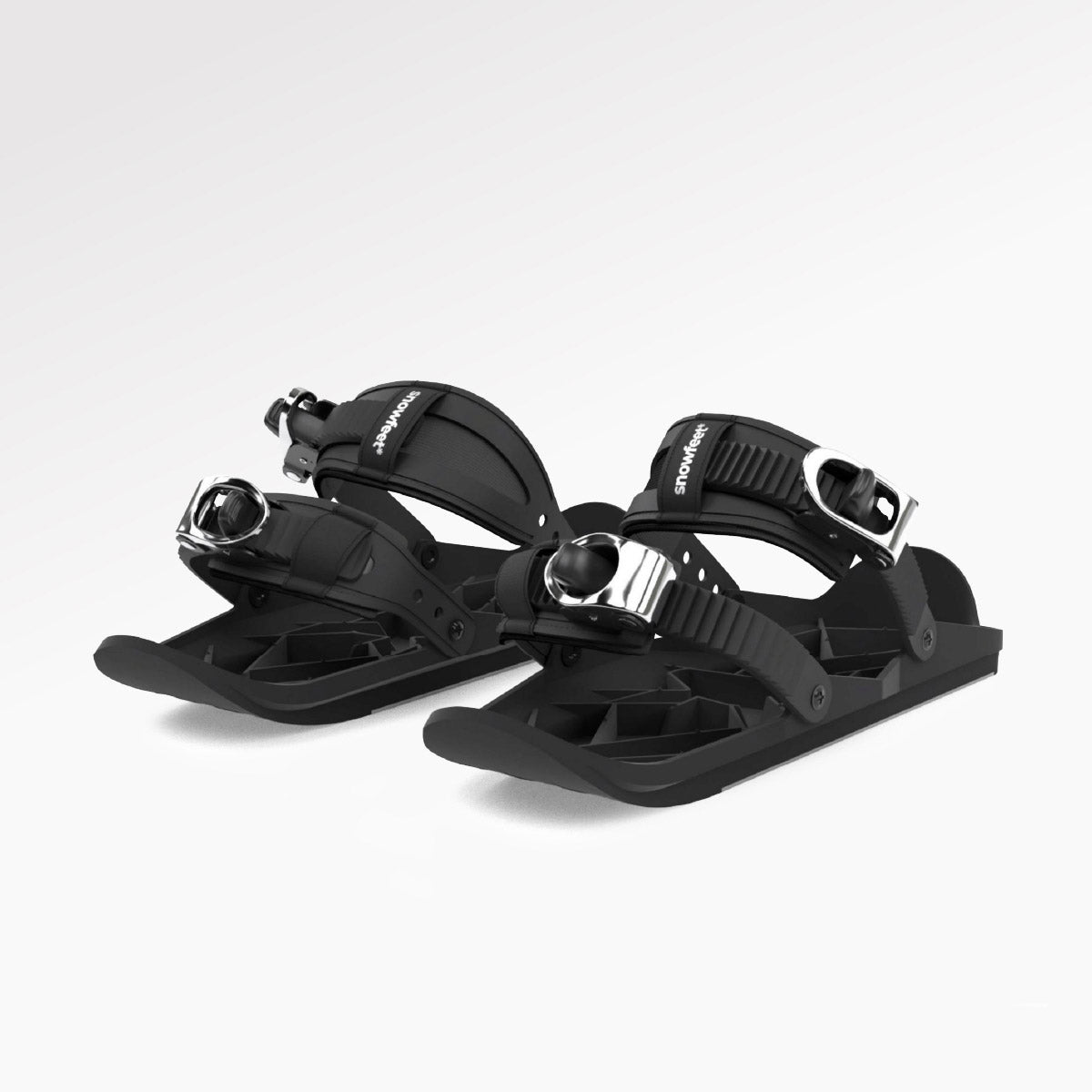
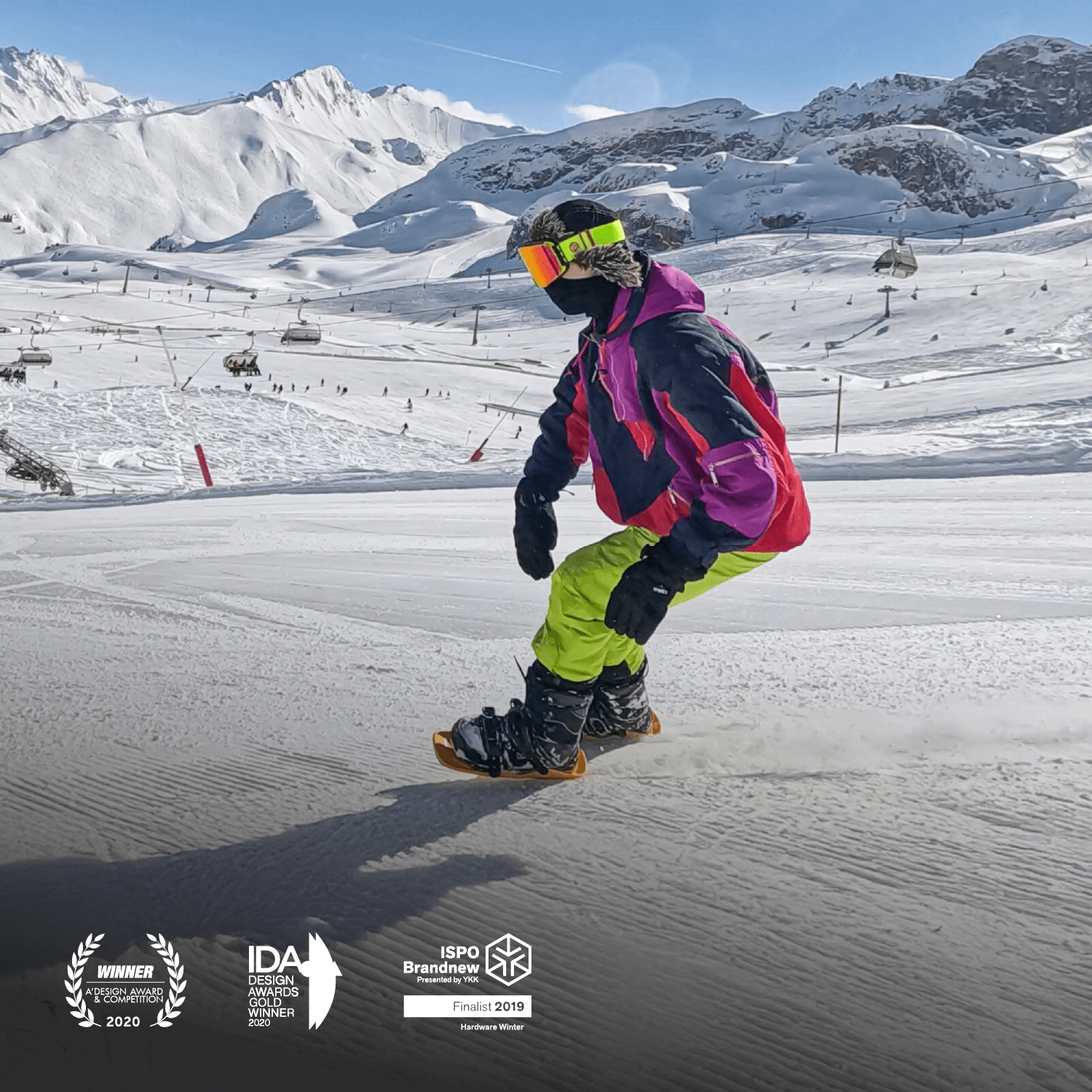
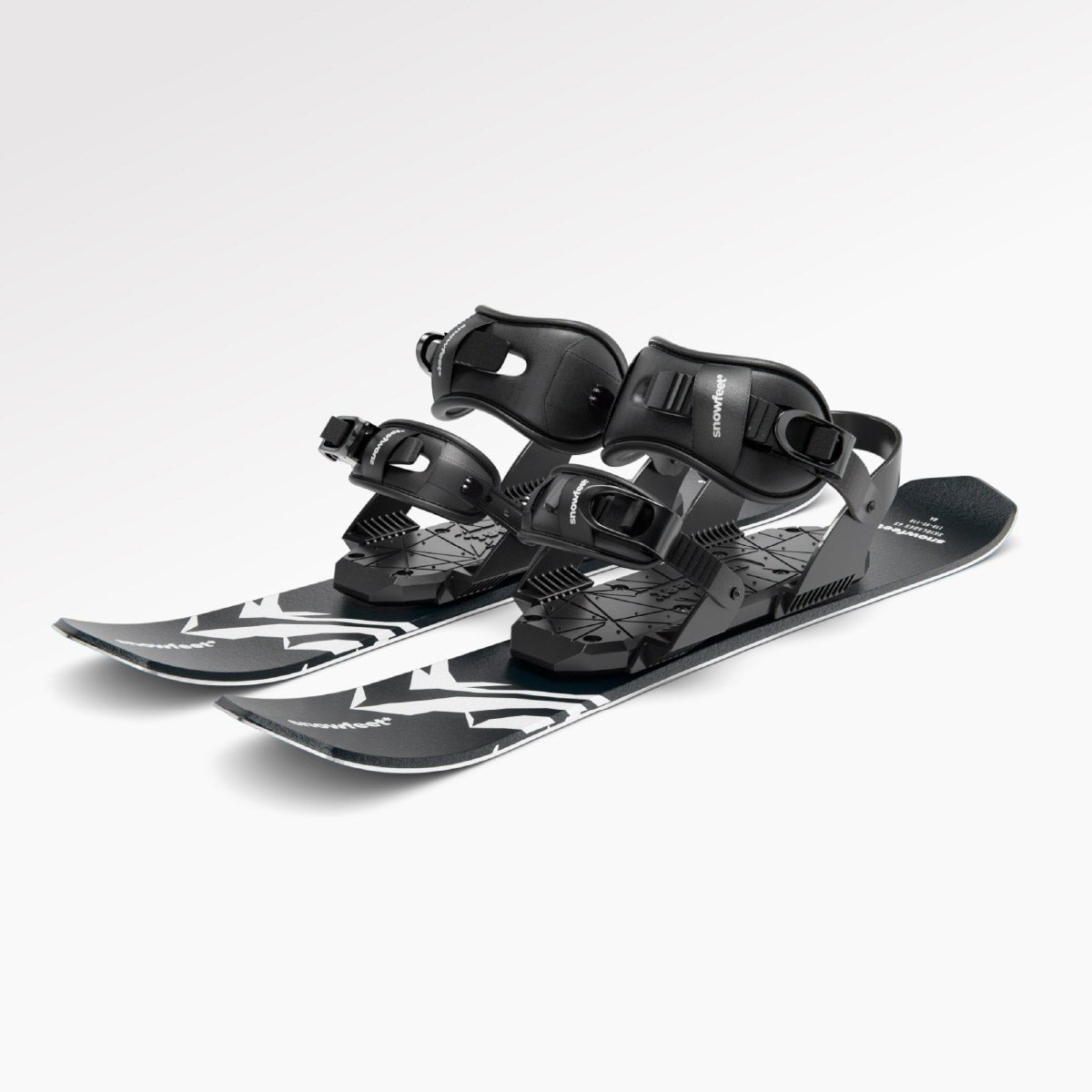
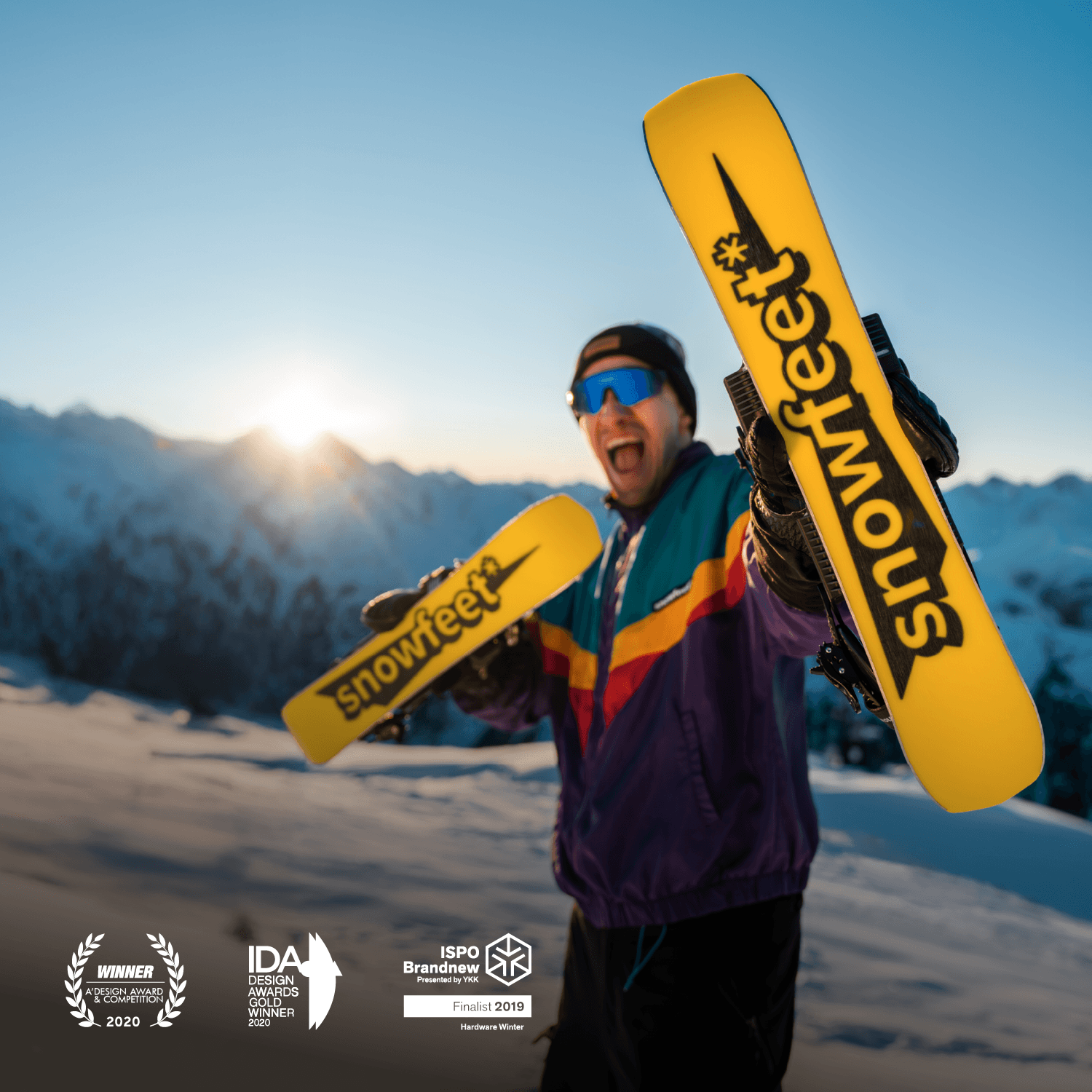
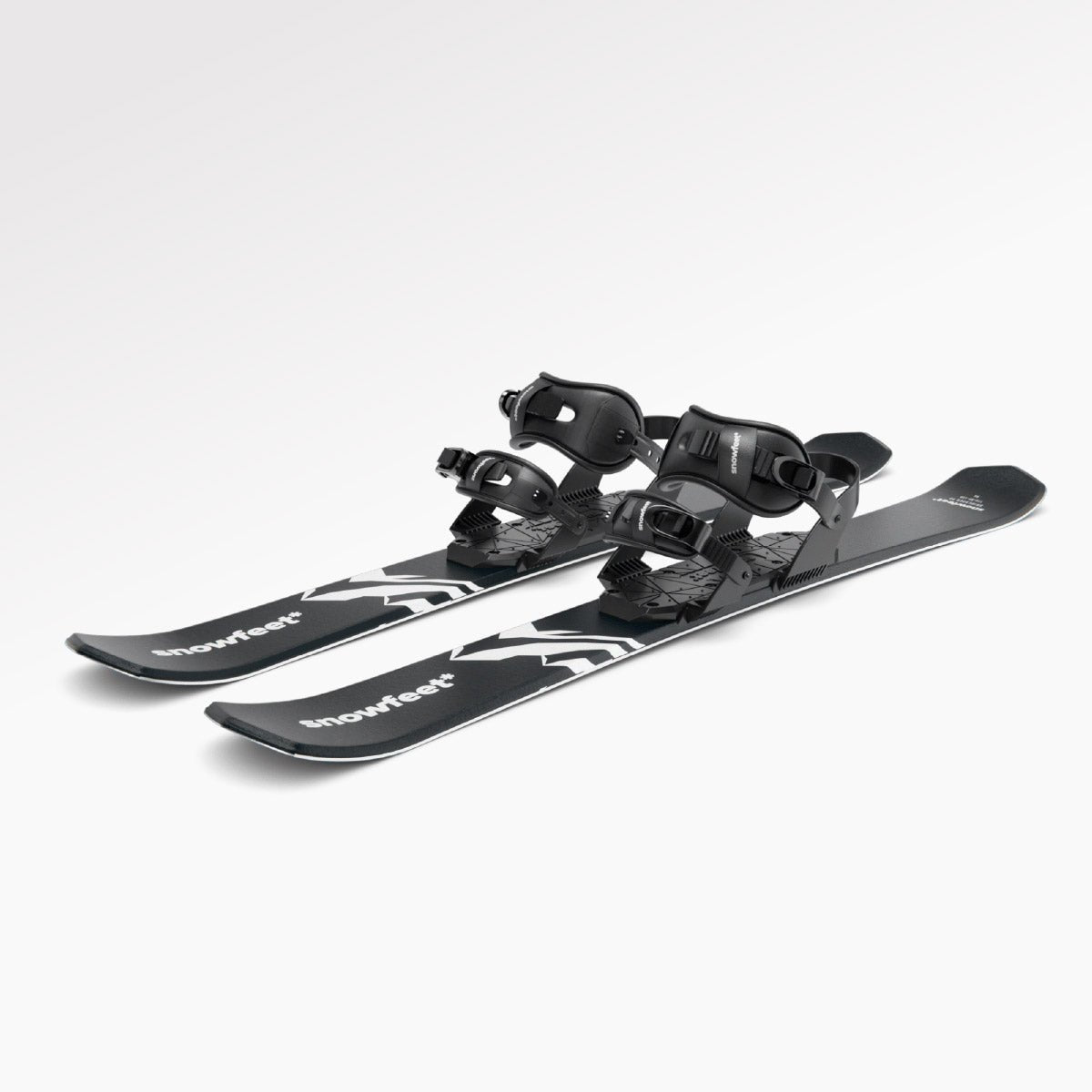
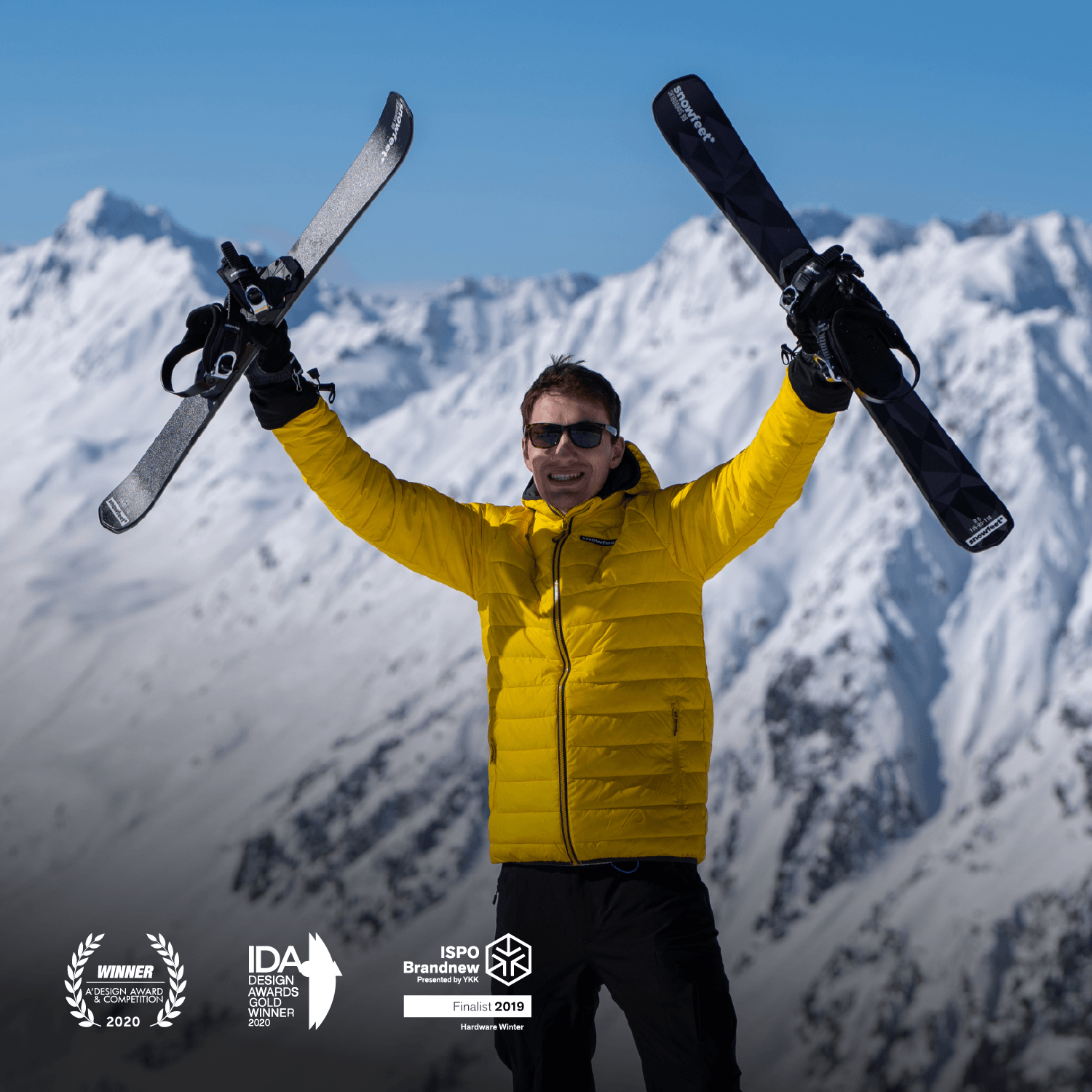
651 comments
pfpzstndzu
Muchas gracias. ?Como puedo iniciar sesion?
zmcritlvbz
Muchas gracias. ?Como puedo iniciar sesion?
hysmiuwsjg
Muchas gracias. ?Como puedo iniciar sesion?
gjqidovdgk
Muchas gracias. ?Como puedo iniciar sesion?
mycjzaighi
Muchas gracias. ?Como puedo iniciar sesion?
Leave a comment
This site is protected by hCaptcha and the hCaptcha Privacy Policy and Terms of Service apply.